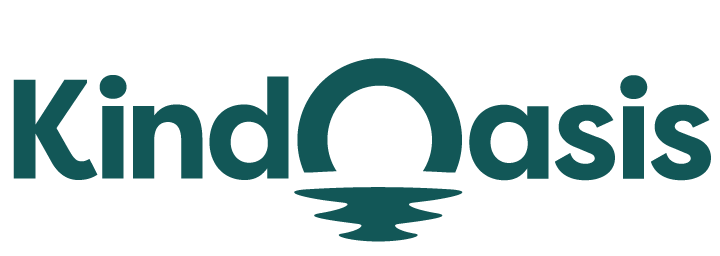How To Set Up Tax Collection On Shopify?
Try AI ChatbotLearn how to set up tax collection on Shopify to ensure compliance and transparency for your online store.

Setting up tax collection on your Shopify store is a critical step to ensure compliance with local tax regulations and to maintain transparency with your customers. Whether you're selling domestically or internationally, understanding how to correctly charge VAT or sales tax is essential. This guide will walk you through the process of setting up tax collection on Shopify, ensuring your store is fully prepared to handle taxes for every sale.
Understanding Shopify’s Tax Settings
Shopify offers a built-in tax calculation feature that helps you automatically calculate taxes based on your store's location and where your customers are based. This feature is particularly useful for businesses that operate in multiple regions with varying tax rates. To begin setting up your tax collection, navigate to the Shopify Help Center on tax setup for detailed instructions.
Step 1: Setting Up Tax Regions
The first step in configuring your tax settings is to define the regions where you need to collect taxes. Shopify allows you to set up tax rates for different countries and regions based on your store's location and the destinations of your sales. For example, if you're based in the U.S. and need to charge sales tax, you’ll need to set up your US tax settings to comply with state-specific regulations.
Step 2: Registering for VAT or Sales Tax
If you’re selling internationally, you may need to register for VAT in the countries where you have significant sales. Shopify makes this process easier by allowing you to set tax overrides for specific products or regions. Check out Shopify's guide on tax registration and setup to understand the requirements for your business.
Step 3: Applying the Tax to Your Products
Once you have registered for the necessary taxes, it’s time to apply these rates to your products. Shopify allows you to manage tax settings at both the product level and checkout level, ensuring that the correct amount of tax is applied automatically during the checkout process. Learn more about how to manage this by visiting the Shopify pricing guide for Shopify Plus, which offers advanced tax features.
How VanChat Enhances Your Shopify Store
Managing taxes is just one aspect of running a successful Shopify store. Enhancing customer engagement and boosting sales are equally important. VanChat, an AI-powered pre-sales chatbot for Shopify, can significantly improve your store's performance by handling up to 97% of customer queries without human intervention. Whether it’s answering questions about tax-related inquiries, product comparisons, or order tracking, VanChat ensures that your customers receive accurate and timely responses.
By integrating seamlessly with Shopify, VanChat not only automates tasks like checking orders and updating carts but also offers personalized product recommendations based on user behavior. This level of customization helps speed up purchase decisions, making VanChat a valuable tool for any Shopify store looking to enhance the shopping experience and increase conversions.
Conclusion
Setting up tax collection on Shopify doesn’t have to be daunting. By following the steps outlined in this guide, you can ensure your store is tax-compliant and ready to serve customers globally. Additionally, tools like VanChat can further enhance your store’s functionality, providing an excellent customer experience that drives sales.





